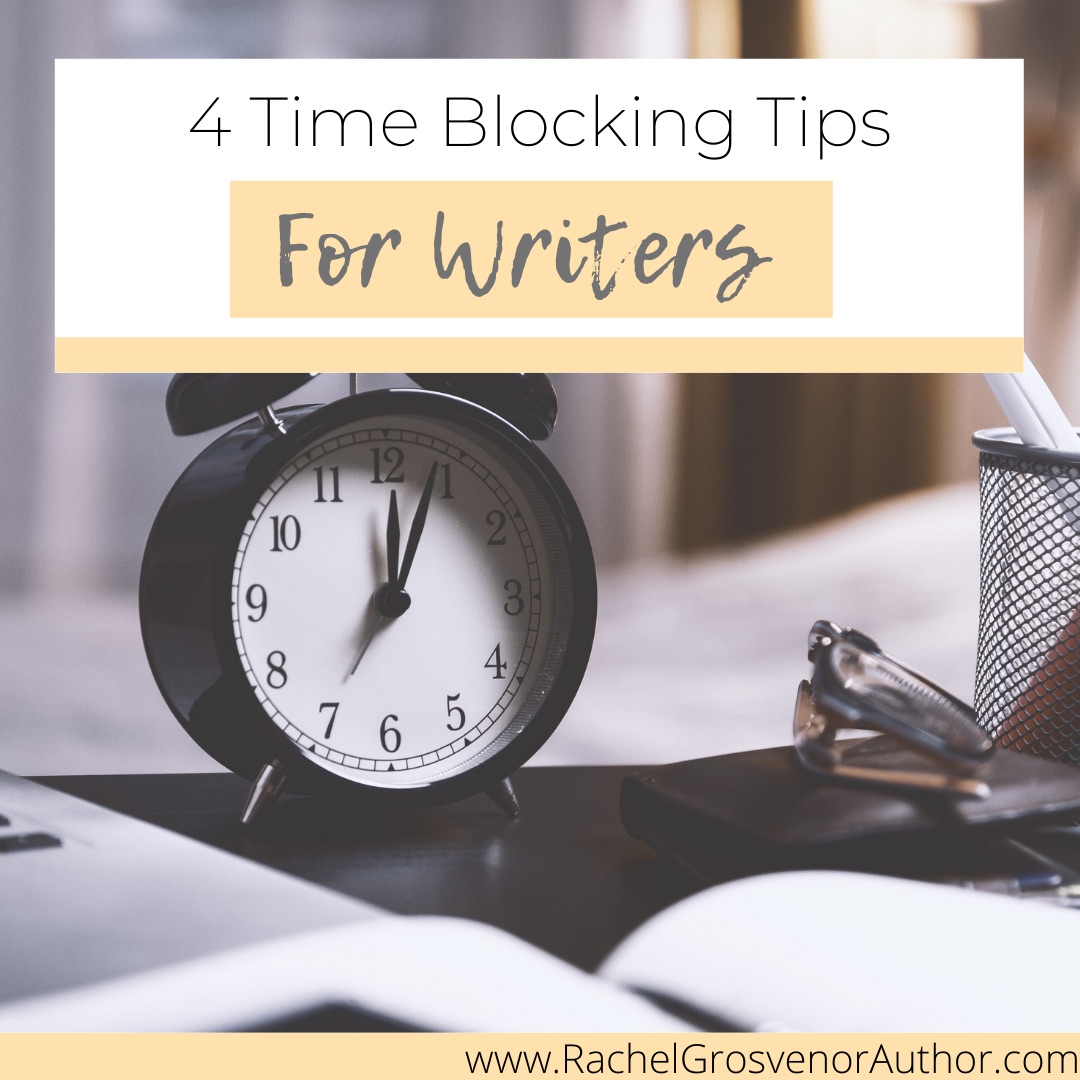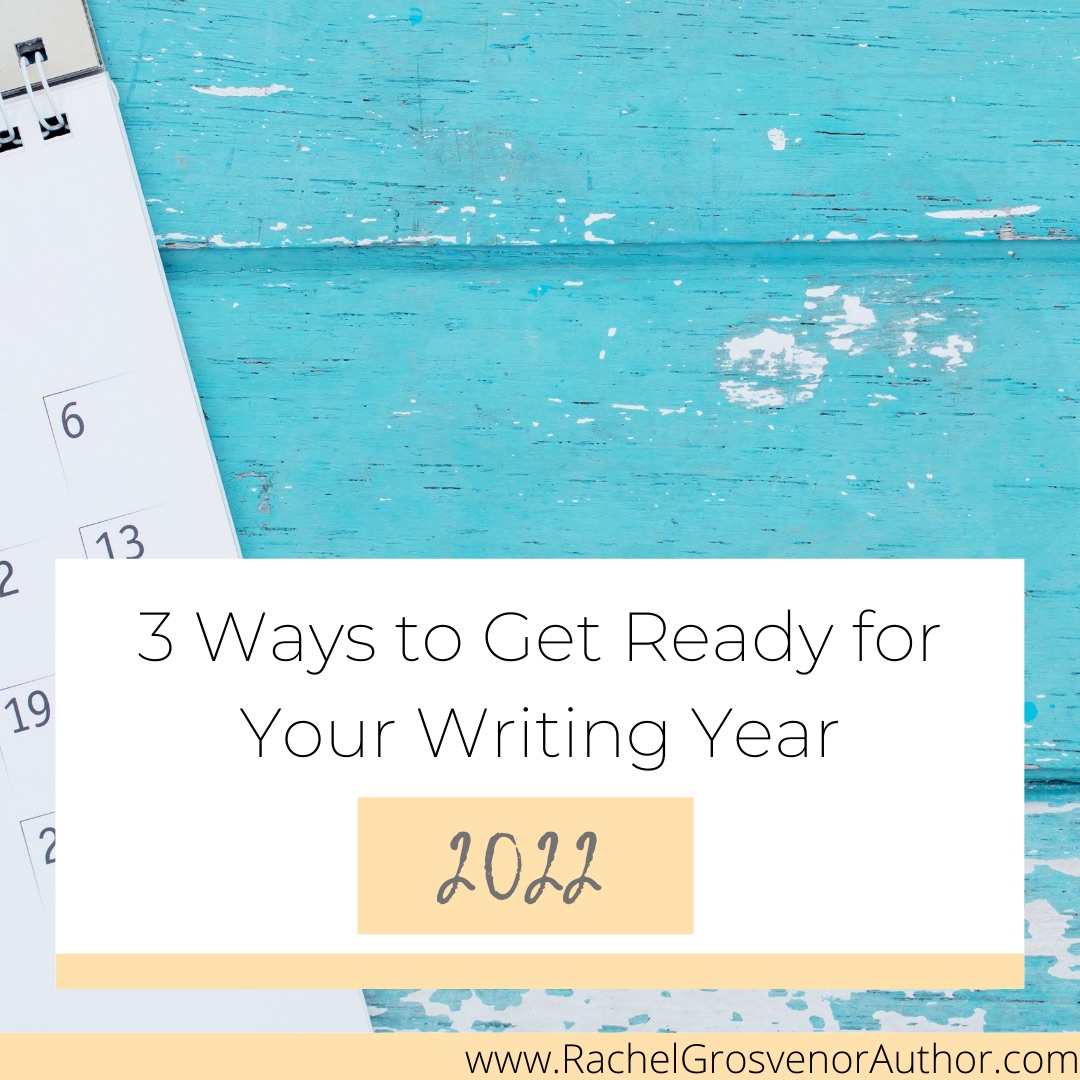A realistic character can make all the difference to a reader. It can keep them engaged, draw them into a story, and even make them fall in love. Think of it, even when Mr Darcy (Pride & Prejudice) was being just plain rude, we all cared what would happen next. That’s because he was realistic, as was Lizzy, and we wanted them to have a satisfactory outcome despite the fact that they didn’t exist.
Realistic characters are the bread and butter of your novel. So how do you make them realistic enough to step off the page? Let’s take a look.
Hotseat Them
Ah, one of my all-time favourite things to do with a character. Hot seating a character means asking them a series of questions that reveal them as a person. Sometimes it can create an entirely new and surprising direction that you hadn’t even thought of! For questions to ask your character, take a look at the two free books you get when you subscribe to my newsletter. You can also look up Proust’s questionnaire, which is full of fabulous and profound questions.
Pull from real life
While it’s not recommended to write about your ex precisely as they are, that’s not to say that you shouldn’t pull from real life and real people you have known, in your creative work. Using characters from our own world can add a natural flair to a novel, and no one needs to know where you came up with the idea…
Give them flaws, quirks, and strengths
People are complicated, and no one is wholly good. Your characters should have strengths, yes, but they should also be flawed, with individual quirks. Think about Batman for a moment – why is that character so interesting? It’s because of his flaws. He wasn’t born with the strength of a superhero; he created that reality for himself. He is also selfish, complicated and challenging to know. This kind of character pulls your reader in – they want to read more because they are intrigued by the person.
Create their motivation
What motivates your character? Everyone is motivated by something, and that motivation should be legitimate. Even a baddy should be a baddy for a reason. Take Scrooge (A Christmas Carol), for example, and his story. We know that he behaves the way he does because of his childhood. The things that happened in his life when he was young taught him to put too high a value on money, and because of that, he loses what is really important in his adult life.
Give them their own dialogue and mannerisms
Even two people from the same place and era speak differently, and even identical twins have individual mannerisms. Show the reader how your character is different through action tags, dialogue, and movement.
Develop them as the novel continues
No one remains the same throughout a time period, and even those determined to may become more entrenched in their points of view. Develop your character throughout the plot, and show that the actions around them impact who they are as a person. You can learn more about this in my novel writing masterclass, where I teach plotting, character arcs, and characterisation.
What else do you think a realistic character includes? Let me know!
Looking for more information on the craft of writing? Check out this page here!










